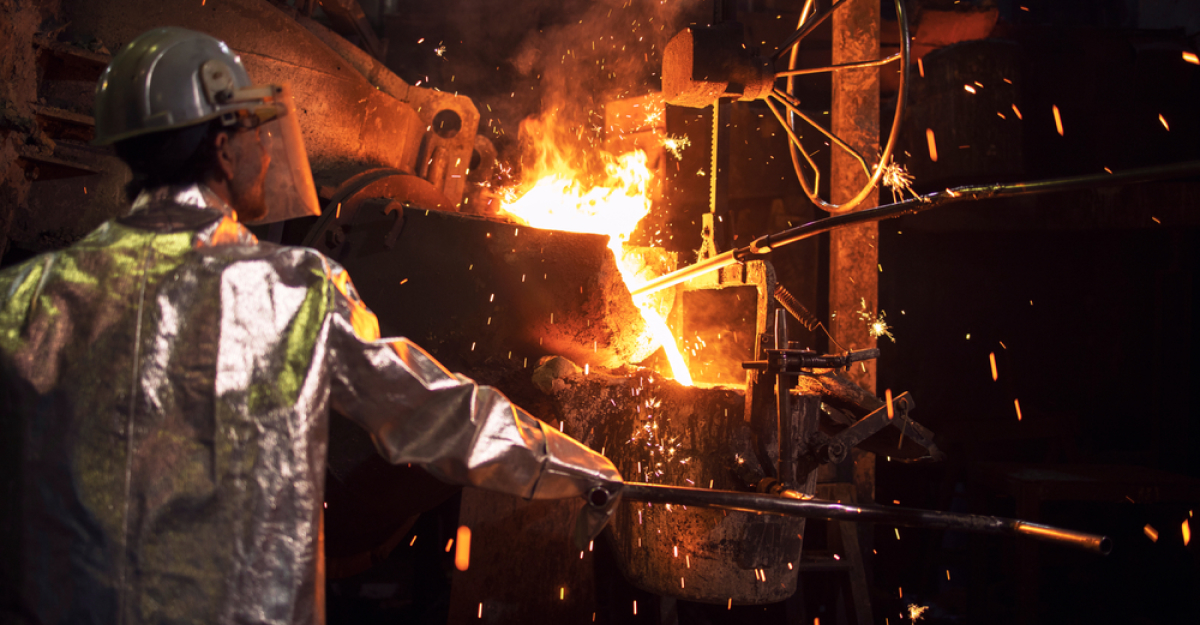
News Global Market OECD 1007 29 September 2023
Overcapacity in the future could have a significant impact on the industry
The Steel Committee of the Organization for Economic Co-operation and Development (OECD) at its September meeting expressed concern about the deterioration of conditions on the world steel market, it is stated in the relevant application.
This situation is caused by the decrease in demand for steel products, the growth of excess capacity and government intervention in some economies, which continues to distort steel markets.
The difficult situation on the market is observed at a time when the steel industry needs stable work in order to be able to accelerate decarbonization.
According to the report of the Steel Committee, the global steel smelting capacity is forecast to reach 2.5 billion tons already in 2023, which significantly exceeds the expected demand, having increased by 56 million tons this year.
In the future, the problem of global overcapacity will worsen. They are forecast to grow significantly over the next three years, not least thanks to China. Chinese steel companies are investing heavily abroad, particularly in ASEAN and other regions. Capacity expansion by PRC companies in third countries through cross-border investments accounts for more than 65% of their total volume of steel production in the world. In addition, a significant share of investment is focused on blast furnaces and oxygen converter furnaces in countries that have made commitments to achieve zero emissions after 2050.
Meanwhile, global steel demand growth is expected to moderate in 2024 due to lower economic growth forecasts and risks related to the Chinese market. In most economies, global overcapacity could trigger crises in the steel industry in the future, worsening the industry’s financial and production prospects and escalating trade disputes.
According to the statement, while the steel industry has made significant progress towards decarbonisation compared to many other heavy industries, governments still need to improve their facilitation of this process. Another key aspect is the availability of critical raw materials for the green transition of the steel industry, including ferrous scrap. Committee members also discussed the impact of Russia’s war of aggression against Ukraine on steel markets and expressed support for ambitious plans for the green reconstruction of the Ukrainian steel industry.
As GMK Center reported earlier, in March 2023, the OECD Steel Committee predicted that the global demand for steel in 2023 will grow by only 1% – in 2022 it decreased by 2.3%.
Also, according to the September forecast of the OECD, the growth of world GDP in 2023 will be 3.0% (after 3.3% in 2022), in 2024 it will slow down to 2.7%.




